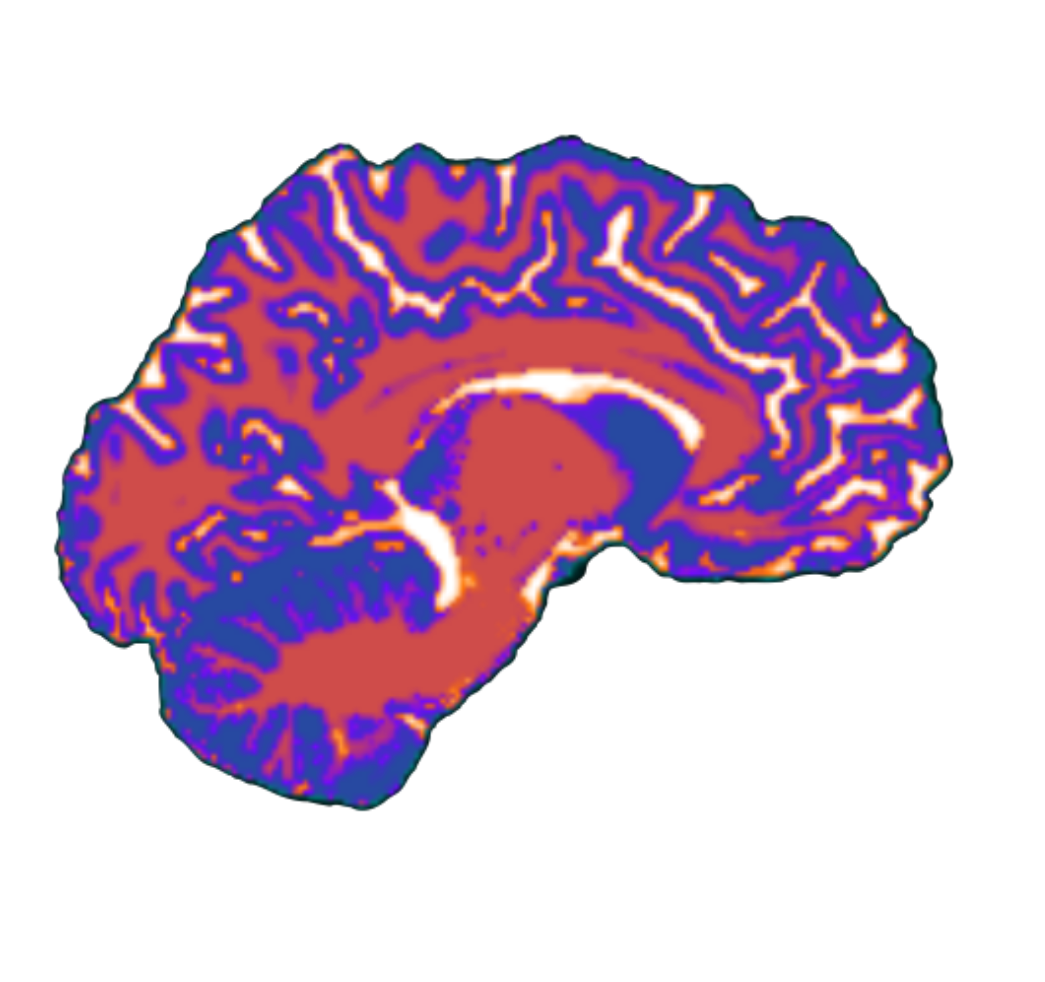Brain connectivity and clinical application
Overview
Organized by molecular connectivity group (molecularconnectivity.com) * fMRI has been around for a long time, still no clinical application?
Simon Eickhoff
- classical biomarkers relies on within-sample comparison or association (patients vs. controls)
- problem: misleading biomarkers -also pertain to group means. individual statements are usually not possible
- changing in the context of machine learning, key conceptual point, not testing for group means, train model on available data (some multivariate features) - does model generalize?
- preprocessing, compression, target of ML approach matters for predictive accuracy
- compound scores tend to be more reliable than individual scores
- how well can you actually predict your targets just by looking at non-brain markers? (SES etc.). Too much emphasis on connectome prediction without considering other phenotypic markers?
- human variability is likely low-dimensional:
- confounds are a gradient and perhaps everything is a confound
- no such thing as a deconfouned analysis
??
- investigate training N dependence on out-of-sample prediction of endpoints for standard inter-subject covariance analysis
- at what point does adding more data fail to result in any predictive/explanatory gain?
- investigate topographic robustness of derived pattenrs - another metric apart from endpoint prediction -> important for understanding mechanisms
- META or MEGA analysis: is it better to use all available data in one shot, or split the data into parcels?
- Inter-individual (rather than intra-individual)
- analysis framework: scaled subprofile modeling (=SSM), form of PCA regression
- step 1: PCA on fMRI data
- brain-behavior modeling
- construction of corresponding brain pattern
- application of brain behavioral model to held-out data
- big picture synthesis and caveats
- increasing N in the training sample beyond N=o(1000) does not result in any predictive gain for “shallow” techniques and group-level pattners (flip side ot marek et al. 2022)
- both large trianing and test samples will show increasing sig. for fixed effect sizes - no real scientific insight
- tension between prediction and explanation (yarkoni paper)
??
- decoding fMRI (dys)connectivity via cross-species fMRI
- functional networks - mouse brain - better understanding of mechanisms
- fMRI connectivity difference, 20 different mutations
- functional and structural connectivity are closely related
- does fMRI hypoconnectivity reflect reduced axonal input?
- can you silence activity in one region and then observe hypoconnectivity?
- methods: chronic silencing of DMN chronically and actutely (overexpress sodium channel)
- difference: more connectivity when DMN has been chronically silenced (regions that have strong projections from PFC)
- less is more: cortical silencing results in fMRI hyperconnectivity
- increasing excitability of the mouse PFC with chemogenetics
- excitation results in fMRI hypoconnectivity
- fMRI connectivity is dominatd by changes in slow/infraslow neural coherence (faster to slow, not fast rhythms)
Deobra Peretti
- what is needed from a clinical perspective?
- reliable measurements
- simple and integrated softwares
- healthy databases
- single-subject metrics
- most molecular imaging is done on group measures
- scaled subprofile modelling using PCA
- generation of characteritic disaes patttern, gives each subject a score that characterizes disease expression, can be used to test new subjects
- examples from PD, AD, SCA
- parksinson’s disease pattern
- in clinical practice, move from clinical profile to biomarker profile, so as not to rely on the practioner (??)
- methodological issues:
- SSM/PCA is sensitive to scanner, acquisition protocols, image processing
